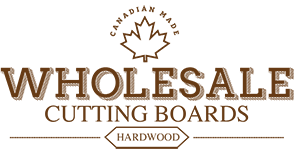Cutting Boards and Food Safety
In the culinary world, there’s a tendency to label one tool or ingredient as a must-have. If an ordinary kitchen had all these must-have tools, then, you wouldn’t have space for anything else in the room.
But wait! You should really have hardwood cutting boards. A hardwood maple cutting board is better for your knives. It is strong and highly durable capable of withstanding abuse without any effect to your knives. Even better, you can wash it with hot soapy water so long as you don’t let it soak and let it air dry.
Like your kitchen knife, no dish comes out of your kitchen without passing through a cutting board. So, when you make a purchase, be sure to get the best and high-quality wooden boards.
So, is your cutting board safe? Most people tend to use a single board for a long time. Whereas this may appear safe; it is not.
Why then should you replace your cutting board?
But before replacing your board, you need to know what a safe board entails. It is a board that’s easy to wash, rinse, clean and sanitize.
If you want to replace your cutting board, this information will be helpful.
- Are there deep cuts on your cutting boards? If yes, then you need to replace it as bacteria can grow in those deep grooves.
- If you want a new Canadian made cutting boards, get one that’s made from Canadian Hardwood Maple.
- When choosing wholesale cutting boards, check whether the material is porous or not and whether it’s safe to sanitize.
According to Michigan State University, you should use a single cutting board for a specific task. For example, buy one board for meat and a different one for vegetables. Be sure to label or color code them depending on their usage. This makes it easier for everyone to know which board to use and for which task.
